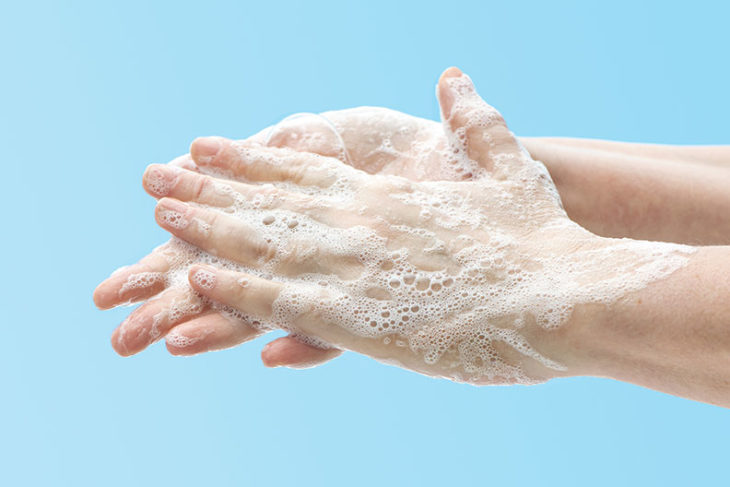With the onset of the COVID-19 pandemic, hand sanitizers became valuable commodities — a scarce resource to be used after each touch of a doorknob, countertop or gas pump. Although washing with soap and water is more effective, sanitizer does kill bacteria and viruses, helping to prevent infection spread. They enjoy a good safety profile, are easy to use and have few side effects.
According to a 2019 ruling by the Food and Drug Administration, a product can be marketed as a hand sanitizer if it contains ethyl alcohol (also called ethanol), isopropyl alcohol (isopropanol) or benzalkonium chloride as the active ingredient. The alcohol level must be over 60 percent to be effective.
These are safe products to use on your skin. Although other products have been marketed in the past, particularly antibacterial soap, those contained less effective — and in some cases, dangerous — chemicals. Due to concerns about cancer and hormonal effects, in December 2017, the FDA banned a chemical called triclosan that had been used as a sanitizer.
Hand sanitizers will kill almost all bacteria and disrupt most viruses. However, the alcohol evaporates about 15 seconds after application, and bacteria regrow in about two minutes. If available, handwashing is a better alternative. According to the CDC, soap and water kill certain fungi (cryptosporidium), viruses (norovirus), and bacteria (clostridium difficile) better than sanitizers.
Another reason handwashing is more effective is because mucus (from sneezing, coughing or blowing your nose) encases viruses and forms a protective barrier against ethanol and therefore cannot be deactivated by hand sanitizer until the mucus is completely dry, according to research from the Kyoto Profectural University of Medicine.
Overuse of hand sanitizer has been associated with hand dermatitis, seen particularly in hospital workers. Alcohol-based hand sanitizer can disturb the natural pH and barriers of the skin, leaving skin vulnerable to allergens that can penetrate beneath the surface and trigger an autoimmune reaction. This reaction causes reddening, itching, peeling and cracking and can progress to swelling and blisters (floridaskincenter.com).
Sanitizers have about a three-year shelf life because of the decomposition and evaporation of the alcohol. Proper use requires allowing the sanitizer to dry completely and to avoid touching your eyes after use to avoid a possible irritative reaction. The most dangerous side effects of sanitizers occur when they’re consumed, accidentally by children or intentionally to become intoxicated. Their high alcohol content can be dangerous, and if made from isopropyl alcohol, poisonous.
If you can’t find sanitizer in the store, it’s easy to make your own. Take an empty spray bottle and pour isopropyl alcohol into it. Glycerin, if available, can be added as a softener. As an alternative, consider natural disinfectants like lemon or orange oils. Tea tree oil is effective against viruses, bacteria, mold and fungi.
It’s important to keep your hands clean in these days of dangerous infections. Frequent handwashing is ideal, including washing front and back for 20 seconds. Hand sanitizers offer a safe, convenient and effective alternative.
Dr. Levin is an emergency medicine specialist in Gulfport. He can be contacted at (228) 867-4000.



